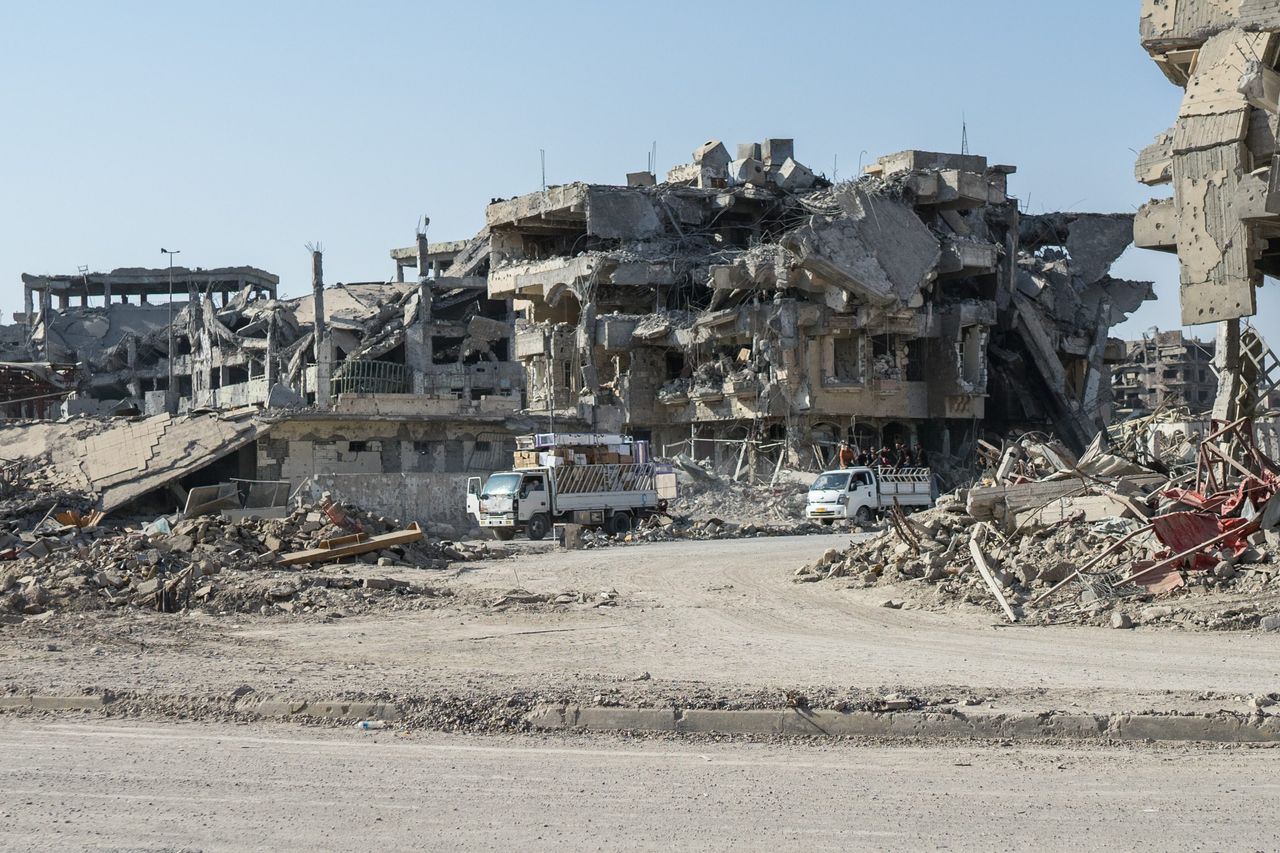
Although there is no more ‘Caliphate’, ISIS is still a potential threat
The fighters of a self-appointed ‘Caliphate’ were pushed into the desert. Some of them still remain in eastern Syria, in a small area in the west of Syria near the border with Israel, in Jordan and in western Iraq. This is less than 5 percent of the territories ISIS controlled in 2014 and 2015. However, regaining of those lands by the coalition forces does not mean solving the problem with ISIS.
The end of the ‘Caliphate’ happened in 2017. In June the Iraqi Army and the Syrian Democratic Forces (SDF) supported by the United States took over Mosul. In October they reached Raqqa. These were the key cities controlled by ISIS (the so-called Islamic State). Then the events went on rapidly – the jihadists were losing more and more territory and were pushed against the wall. Even the self-proclaimed Calif and the leader of ISIS himself Abu Bakr al-Baghdadi admitted that indirectly in his last public speech. It was published online in late September, two weeks before Raqqa, the capital of the ‘Caliphate’, was taken over by SDF. – Beware of withdrawal or the sense of failure. Do not negotiate nor surrender. Do not give up – Al- Baghdadi was trying to uplift his people. He called ‘the soldiers of Caliphate’ to spread the fire of war, to wreak havoc among the enemies, act fast and courageously. Such change of strategy has been observed before.
ISIS is no longer a threat to Baghdad, Erbil, Qamishli or Damascus. The number of volunteers is also lower than few years ago. It does not attract as many of them as few years ago (supposedly up to thirty thousand militants from outside Iraq and Syria). ISIS has also lost its ability to handle an open fight. Hassan Hassan, the analyst of Tahrir Institute for Middle East Policy in Washington, acknowledges that the process of transforming the ‘Caliphate’ into a guerrilla organization began in early 2016. ISIS has changed the way of combat – they use mainly snipers, high mobility military units and assassinations . In addition, there are still sleeper cells in the lost territories that are ready for action. The same situation is in other countries, not only in Syria and Iraq.
The reasons why ISIS has gained popularity among many Iraqi and Syrian people have not been eradicated yet. The most influential are: poverty, corruption and the lack of prospects. Equally important is that Sunni, who almost solely support ISIS, still feel discriminated and marginalized. Only Shias and Alawis rule in Iraq and Syria. Finally, the United States, which gave allied forces air support, caused enormous damages and fatalities among the civilians. Coalition forces claim that out of the 14,000 bombs dropped from the planes, only 89 led to the death of neutral bystanders. The New York Times investigation suggests there were at least 2,800 innocent deaths. Every fifth bomb struck civilians. The investigation was completed before the crucial stages of fights over western Mosul and Raqqa. Both cities were totally ruined as a result of those heave fights and bombings.
Therefore, it is expected that ISIS has not had the last word yet. According to allied forces, there were about three thousand ISIS fighters at the end of November, which is several times more than before the outbreak of the civil war in Syria in 2011. The militants are still active in Asia and North Africa. Despite American air raids they are still in Afghanistan and they continually inspire future generations of extremists.
ISIS emerged as a result of a fracture in Al-Qaeda, weakened by US military intervention in Iraq and Afghanistan. Roughly seven years ago it seemed that Al-Qaeda belong to the past. Nowadays ISIS is in similar situation. Meanwhile, Al-Qaeda, after having been in the shadow of Al Baghdadi’s organization in recent years, is slowly reviving .























